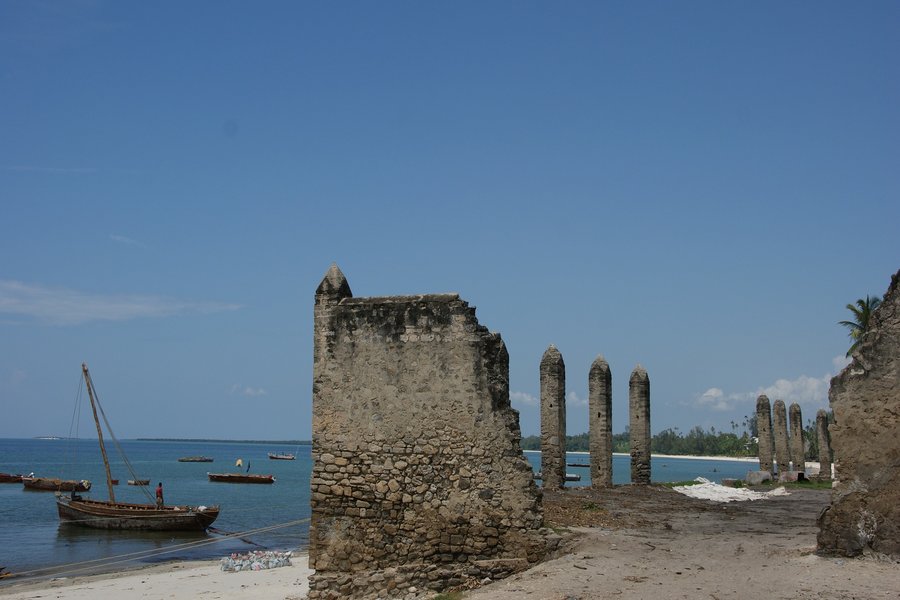Size & Population:
Bagamoyo is located geographically in the coordinates of 6° 26′ 0″ South, 38° 54′ 0″ East. It was founded at the end of the 18th century. It was the original capital of German East Africa and was one of the most important trading ports along the East African coast. It has a population of about 311,740 people and is recently being considered as a world heritage site.
Brief Information:
Bagamoyo was the most important trading center of the east-central coast of Africa in the late 19th century. Bagamoyo’s history has been influenced by Indian and Arab traders, by the German colonial government and by Christian missionaries. Until the middle of the 18th century, Bagamoyo was a small and insignificant trading center where most of the populations were fishermen and farmers. The main trading goods were fish, salt, and gum, among other things.
In the late 18th century Muslim families settled in Bagamoyo, it became a trading port for ivory and the slave trade, with traders coming from the African interior, from places as far as Morogoro, Lake Tanganyika and Usambara on their way to Zanzibar. The slave trade in East Africa was officially prohibited in the year 1873, but completely well to the end of the 19th century.
Currently, Bagamoyo is a center for dhow sailboat building, tourism and artworks. The Bagamoyo College of Arts is an internationally famous arts college in Tanzania, teaching traditional Tanzanian painting, sculpture, drama, dancing and drumming.
People residing in Bagamoyo are diverse in nature than some other areas of the country. Ethic groups found here includes Wakwere, Wazaramo, Wazigua, Maasai, and Waswahili. Other different cultures coexist in Bagamoyo, including people of Arab descent.
Popular attractions:
Bagamoyo town has a plenty of historical buildings, crafts, cultural experiences like hena decorating and traditional dances of bigilia, selo and sangenge, and above all it is the administrative town of Saadani National Park. Bagamoyo town is the home of handcrafts and wonderful unspoiled beaches of both sand and coral beach and mangrove. The popular attractions just to mention a few include the following:-
- The Historical Town of Bagamoyo, Bagamoyo is a 19th-century historical town with buildings architecture inspired by African, Swahili, Arab, Indian and European cultures
- The Roman Catholic Museum, which has an exhibit on the history of Christianity in Tanzania and East Africa and efforts made by the church to a complete abolition of slave trade
- The Kaole Ruins’ a 13th -18th Centuries AD settlement is an impressive monumental architecture of mosques, graves and houses and an exhibit on archaeological findings from coastal Tanzania showing the Eastern Africa region had been trading with Indians, Chinese, Arabs, Persians and Europeans from as far back as the 7th century AD to the 18th Century AD
- The unspoiled clean beaches where you can see man making or mending sailboats and nets, in-coming fishermen in sailboats, selling and processing fish at the fish market and close to the seafood restaurant
- The work of art at the Bagamoyo College of Arts has an ultra-modern theatre regularly organizes and hosts traditional dance groups for live performances. At the old market and within the historic town, souvenirs of Makonde carvings, Tinga Tinga paintings, beadwork and textiles produced by outstanding artists are plenty
Getting There:
By Bus
Bagamoyo town is served daily buses to and from Dar es Salaam through the all way tarmac road.
